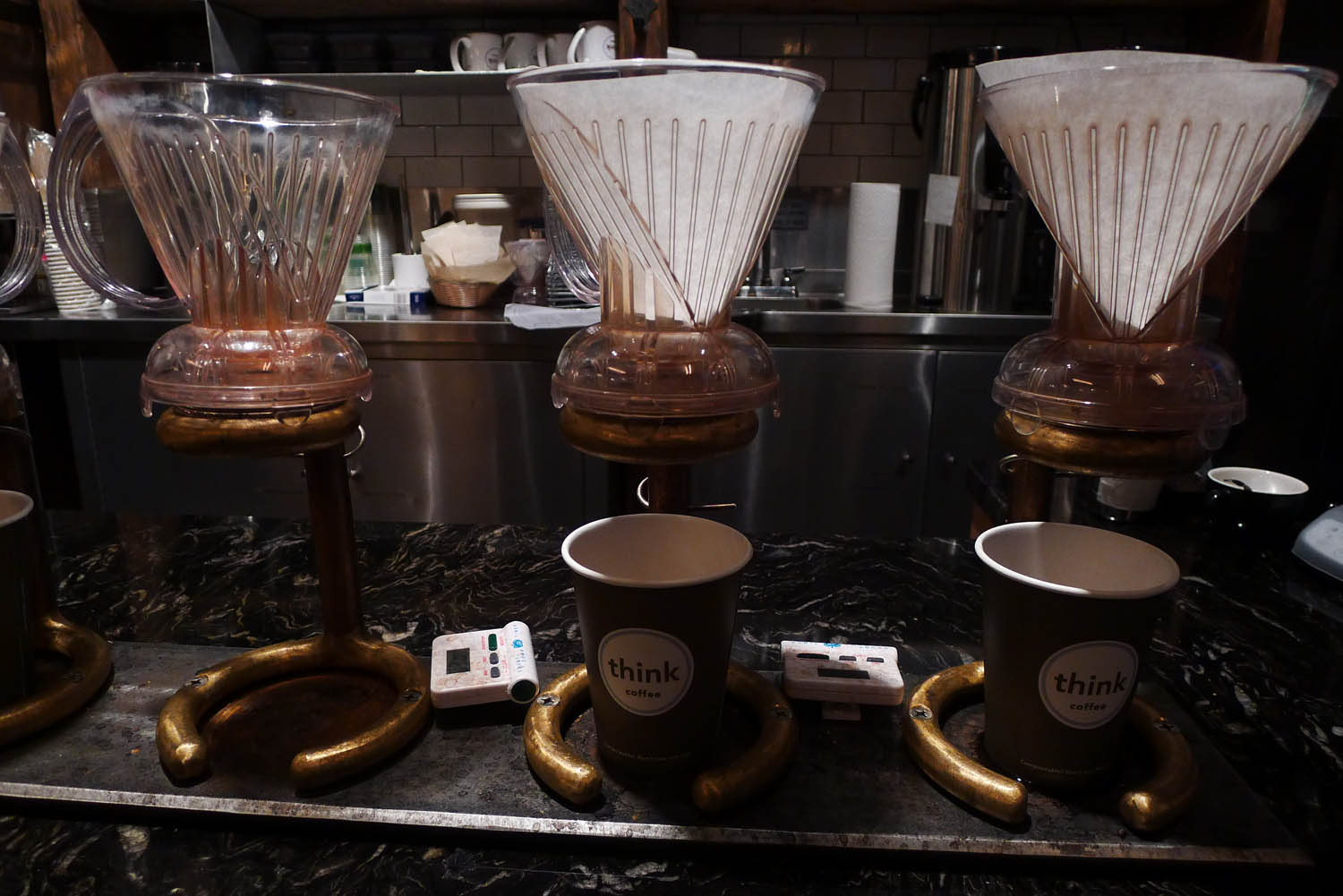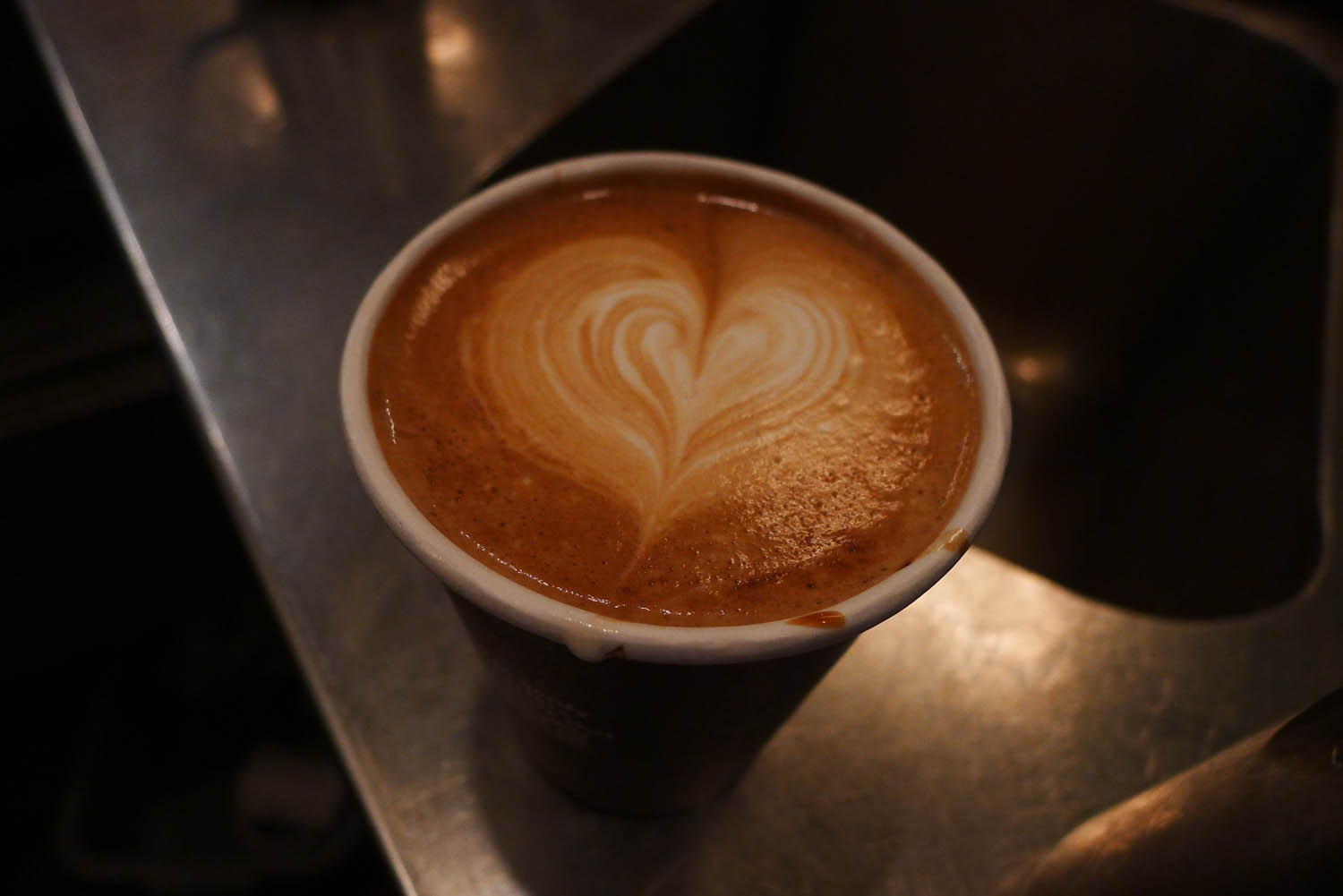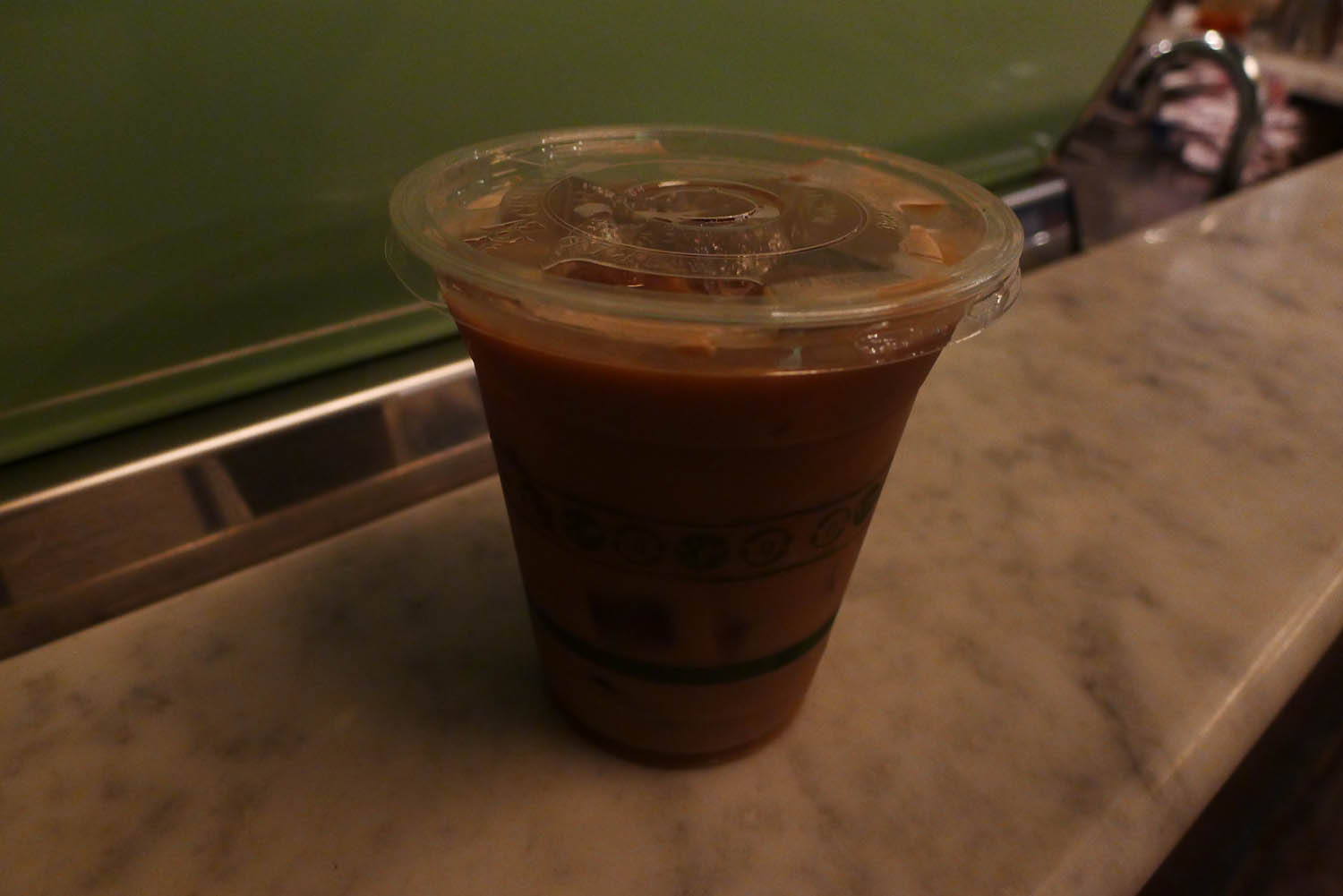Today I headed back to one of my old favourite haunts for coffee. But rather than doing the drinking, I was doing the making. This was something different for me, but I did really enjoy it. A lot of times, I am making my own coffee at home using my new coffee machine. I have to say, I think it is probably one of the best purchases I have ever made. But this wasn’t easy. As well as saving my money to purchase this machine, I also did a bit of research into companies such as Identifyr, where I was able to read reviews on various machines before making any decisions. Once I had enough saved, I was off to the shops to pick up what has now become a new addition to the house. I have to say, using a coffee machine is a lot easier than using the machines here in the shop. I was told that the Eureka Atom is a great grinder for espresso but I decided to buy another machine instead. I’m pretty happy with my choice actually!
I have a few friends here who work in coffee, and it’s like a different language. Whilst you can get close to the taste with some of the Great Coffee Brewers recommended machines, there’s a difference between these and a barista produced product for sure. It’s easy (and ignorant) to think these baristas just switch on a machine and chuck it in a cup, but it’s both a science and an art. Even sourcing the right supplier can be a massive challenge. Luckily, going to www.ironandfire.co.uk is like having a one-stop shop for all your coffee shops needs. This would definitely help you to make sure you are only using quality products
Tonight I went to Think Coffee on Bleecker Street, where Dylan taught me how to make espresso – and we started with expanding my vocabulary. First of all, I discovered that you put coffee in a ‘brew basket’ in the ‘portafilter’ (the thing with the handle), and then you place this into the ‘grouphead’ to let the water run through.

But before we got to that, Dylan tried to teach me what ‘dialing in’ on the grinder meant. I think it’s getting the coffee beans to the right coarseness so that when you pour the water through, it travels at exactly the right speed to gather the flavour – but not too much. If the grinds are too coarse, the water rushes right through, if they’re too fine, there’s gloops of liquid instead of a steady stream. Luckily, the machine had been set already, so I didn’t have to figure this part out.
I simply put the portafilter beneath the grinder and pressed for a double shot of espresso. Then I levelled the grinds and ‘tamped’ it – i.e. pressed down on the coffee with a hand-held leveller. Dylan said you should put around 30 lbs of pressure, but a good test was turning the portafilter over afterwards and making sure the coffee didn’t fall out. Thankfully mine was okay.


After running the water through the machine for a few seconds to clear it out, I put the portafilter in the grouphead, steamed the coffee for five seconds and then let the water run through for around 20 seconds, or until I started to see a bit of a milkier colour running through the liquid. And then it was done! Bitter deliciousness.
(If I’d run the water for too long, it would’ve tasted more burnt.)



I did the process twice; once to make an espresso and again to make an iced latte. The first time was near perfect, according to Dylan (even though he doubted I would manage it), but the second time I didn’t tamp the coffee down enough and the water moved through too quickly, so we had to stop before it hit the 20 second mark.
Hmm… this an exact science. And I was far from getting it, but I can see how with a bit of practice, it could be done. But for now, maybe I should just stick to drinking the stuff.
Thanks for having me, Think! And thanks for the lesson Dylan!











Recent Comments